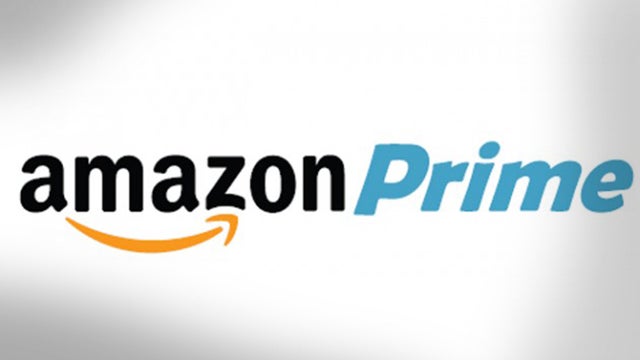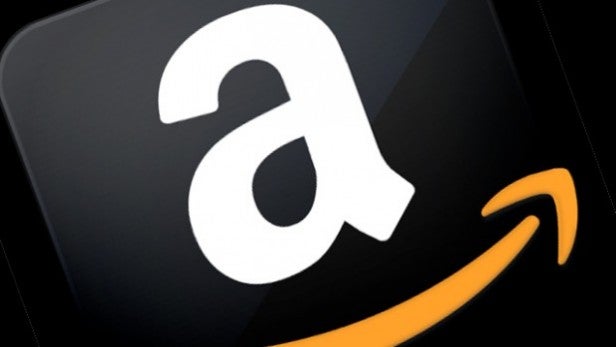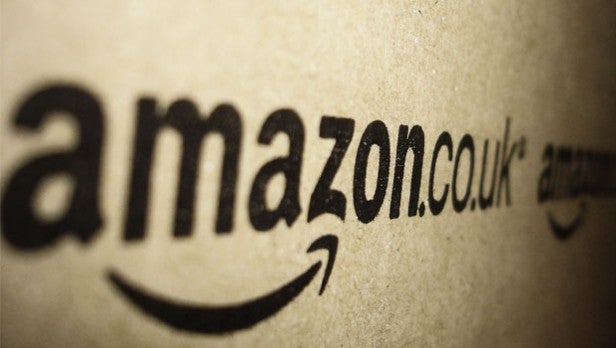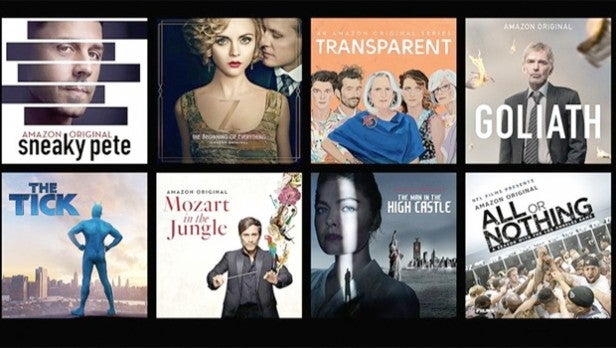Is Amazon Prime worth it? Amazon’s membership service explained

Is Amazon Prime Worth It? We take an in-depth look at Amazon’s membership programme to see whether signing up to Prime is really worth the fee ahead of Amazon Prime Day UK.
Amazon Prime is the company’s paid membership programme. Customers who sign up get access to numerous benefits including speedy delivery and use of Amazon’s streaming video and music library.
In fact the list of bonus services is pretty generous, but is it really worth the monthly, or yearly subscription cost? Read on to find out.
What is Amazon Prime?
As mentioned, Amazon Prime is a membership programme which gives Amazon customers a range of extra features and benefits. Subscribers can choose to either pay monthly or yearly, and will gain access to free one-day delivery on thousands of items in the Amazon Store.
And while the service was initially just aimed at providing speedy delivery, Amazon has since expanded it significantly to include the following extra features:
- Access to Amazon Prime Instant Video – a film and TV streaming service
- Access to the Kindle eBook library
- Access to Amazon Prime Music – a music streaming service with 2 million tracks
- 30-minute early access to Lightning Deals – time-limited special offers on products
- Online photo storage with Amazon Drive
There’s a lot more, too. The company provides a full list of all the benefits here.
Related: Amazon Echo

Amazon Prime – How much does it cost?
Anyone signing up to the service for the first time can take advantage of the 30-day free trial. After that you’ve got a choice of how you pay.
Amazon offers either a monthly subscription fee of £7.99 per month or an annual fee of £79. If you’re planning on sticking with the service for a year, the annual option is the way to go as you’ll save around £20 – just remember to cancel after 12 months if you don’t want to be charged £79 again.
The monthly subscription works out to £95.88 for the year – though you do get the added flexibility of cancelling at any point.
Recently, Amazon also introduced an option to pay £5.99 per month for access to the video streaming service only. This doesn’t come with any of the other Prime benefits, however.
Get a free 30-day Amazon Prime trial
If you’re a bit confused by it all, here’s how the pricing options break down:
| Video only | Prime | Prime (annual) | |
|---|---|---|---|
| Price | £5.99/month | £7.99/month | £79/year |
| Unlimited One-Day Delivery | No | Yes | Yes |
| Unlimited movies and TV shows | Yes | Yes | Yes |
| Secure unlimited photo storage | No | Yes | Yes |
| Early access to Lightning Deals | No | Yes | Yes |
| Ad-free music streaming. | No | Yes | Yes |
| First month free | Yes | Yes | Yes |
| Cancel any time | Yes | Yes | Yes |
Amazon Prime – Free One-Day Delivery
If you’re not a Prime member, Amazon still offers its Super Saver delivery option on orders above £20, which means you won’t pay for delivery, but you’ll have to wait 3-5 business days for your order to arrive. Here’s how Amazon describes it:
“Orders including £10 or more of eligible books, dispatched by Amazon, qualify for FREE Delivery. All orders of £20 or more of eligible items, dispatched by Amazon, across any product category also qualify for FREE Delivery. With FREE Delivery, your order will be delivered 3-5 business days after all of your items are available to be dispatched, including pre-order items.”

With Prime, you’ll get free delivery on thousands of items, but they’ll turn up at your door either on the day you order (for selected post codes), or the next day. Same-day delivery from non-Prime members costs £3.95 for clothes, shoes and bags, £5.99 for media, and £7.99 for anything else.
Free same-day delivery is a pretty handy benefit for those that order often from the site, but if you only use Amazon every now and then, you might be better sticking with the Super Saver option, which requires no subscription, and paying for the one-day or same-day delivery option when needed.
To give you an idea of whether the free delivery alone is worth the £79 annual cost, here’s what you’d need to order on One-Day delivery or Priority delivery (2 business days) to offset the fee. Either:
- 20 or more orders of clothes at £3.95
- 14 or more orders of media at £5.99
- 10 orders of any other eligible items at £7.99
And for Express delivery, which costs £8.99 per order, and ensures your order arrives before 1pm the next day, you’d have to make nine Express orders to go past the £79 threshold. Prime members can make use of Express delivery’s 1pm promise for £4.49.
Amazon Prime – Prime Video
We’ve got a whole guide to how Amazon Video compares to Netflix (follow the link below), but here’s a quick breakdown of the service in comparison to its competitors.
Related: Netflix vs Amazon Video
Price-wise, Netflix starts at £5.99 per month, but that won’t get you HD content. The standard package from Netflix is the one worth getting, which provides HD TV and films for £7.99 per month. Add that up over 12 months and you’re paying £89.88.
That’s a full £10 more than the £79 annual fee for Prime, and you’ll also get all the extra benefits that come with Prime membership.
And while there used to be a significant disparity when it came to the available content on each service, Amazon has managed to significantly bulk up its content offerings in recent years. With that in mind, it’s hard not to recommend the service as a serious competitor to Netflix.
Elsewhere, Now TV charges £9.99 per month for its cinema pass, or £6.99 for its entertainment pass, which, while not a bad offer for content that tends to be a bit newer than what you’ll find on Prime Video, is still significantly more than the £79 annual Prime fee – which, again, offers you a range of genuinely useful extras.
Amazon Prime – Prime Music
Prime Music is Amazon’s entry-level music streaming service, and Prime members get access as part of their membership. It doesn’t boast the full 40 million-song catalogue of the company’s full Spotify rival, Amazon Music Unlimited, but it does come with a rotating catalogue of 2 million songs that can be downloaded for offline listening and added to your personal library and playlists.
Related: Amazon Prime Music vs Amazon Music Unlimited
On top of that, you can stream all the music you like ad-free. While rivals such as Spotify and Deezer offer free streaming plans, you’ll have to put up with promotional content between songs. Not so with Amazon’s service.
And if you find the 2 million songs aren’t enough, as a Prime member you can sign up to the full Amazon Music Unlimited service for an extra £7.99 per month, which would usually cost non-Prime members £9.99. Spotify, on the other hand, will charge you £9.99 for its ad-free service – even then, there’s 30 million songs on offer, compared to Amazon Music Unlimited’s 40 million.
Is Amazon Prime worth it?
There’s a host of other extra features that make Prime membership a very tempting offer indeed. Whether it’s worth signing up, however, will come down to whether you’ll user those extras, and how often you order from the site.
Those looking for new music and film and TV streaming options will certainly appreciate the Prime Video and Prime music access, and if you order frequently from the site, too, it makes this one a no-brainer – especially if you sign up for the £79 annual membership which works out cheaper than the standard Netflix membership over 12 months and packs a load more benefits.
However, if you hardly ever order from Amazon, and you’re not interested in the the main extras, i.e. the streaming services, you might consider giving Prime a miss.
Get now at Amazon.co.uk / Amazon.com
Prime customer? Let us know if you’re satisfied with the service in the comments.



